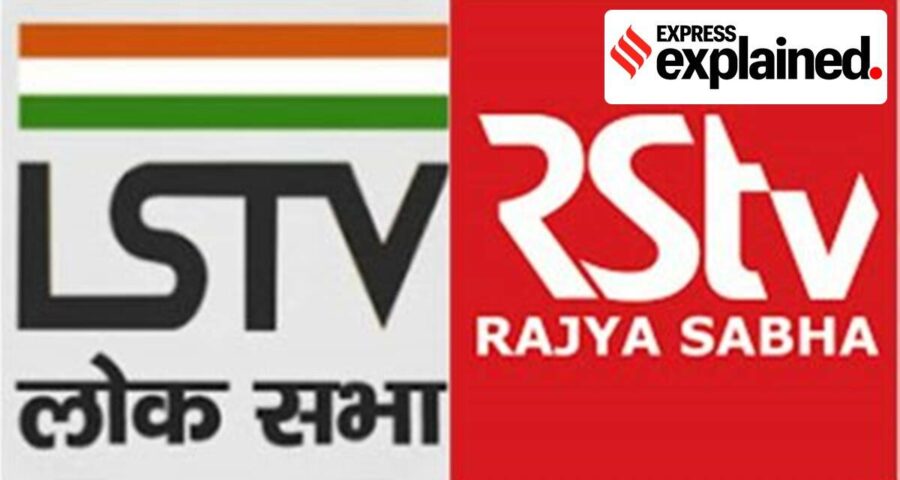Lok Sabha TV is the older of the two — it started operating on July 24, 2006. The channel’s vision, according to its website, is to reach the "live proceedings of the Parliament House…to every household”.
The government has announced the merger of Lok Sabha Television (LSTV) and Rajya Sabha Television (RSTV) into a single ‘Sansad TV’. This is how proceedings of Parliament came to be beamed live to citizen’s homes.
Somnath Chatterjee’s idea
Lok Sabha TV is the older of the two — it started operating on July 24, 2006. The channel’s vision, according to its website, is to reach the “live proceedings of the Parliament House…to every household”. This is because “awareness of citizens towards the working of Member of Parliament in the Parliament House helps in bringing awareness about various efforts of various stakeholders in the governance process”, and “the information empowers the citizens to utilise their democratic rights diligently and be part of the democratic ecosystem”, the website says.
LSTV was the brainchild of former Lok Sabha Speaker Somnath Chatterjee. People familiar with the circumstances in which the channel was set up, said that then Rajya Sabha Chairman Bhairon Singh Shekhawat was not really convinced with Chatterjee’s proposal. It was during his time of Shekhawat’s successor, Hamid Ansari, that the separate channel for the Upper House materialised.
Before the channels
Before LSTV started functioning as a channel, select parliamentary proceedings had been televised since December 20, 1989 — the Presidential Address to the joint session that takes place on the first day of the first session of the year would be telecast live, for example.
On April 18, 1994, the entire proceedings of Lok Sabha started to be filmed. And in August that year, a Low Power Transmitter (LPT) was set up and made operational in Parliament House to telecast the proceedings live. From December 1994, Question Hour in both Houses were telecast live on alternate weeks on Doordarshan.
“It was arranged in such a manner that during the telecast of the Question Hour of one House by Doordarshan, the Question Hour of the other House was broadcast by All India Radio,” says the Lok Sabha website.
When the DD News channel was launched, Question Hour in both Houses started getting telecast simultaneously on DD channels.
But it was only after a decade, in December 2004, that a separate dedicated satellite channel was set up for the live telecast of the proceedings of both Houses. In 2006, LSTV started airing the proceedings of the Lower House live.
Launch of Rajya Sabha TV
RSTV was launched in 2011. Apart from telecasting live the proceedings in Rajya Sabha, it also brings analyses of parliamentary affairs, and provides a platform for knowledge-based programmes. RSTV has a considerable number of followers, and is among the most watched channels in its category. When M Venkaiah Naidu became Chairman of Rajya Sabha in 2017, RSTV had only 4.6 lakh YouTube viewers; this number is now 5 million.
With RSTV using better technology, its budget is bigger than that of LSTV. The Union Budget allocates funds for the running of channels. RSTV also employs more people than LSTV (around 250 compared to LSTV’s 110).
Source: Read Full Article


